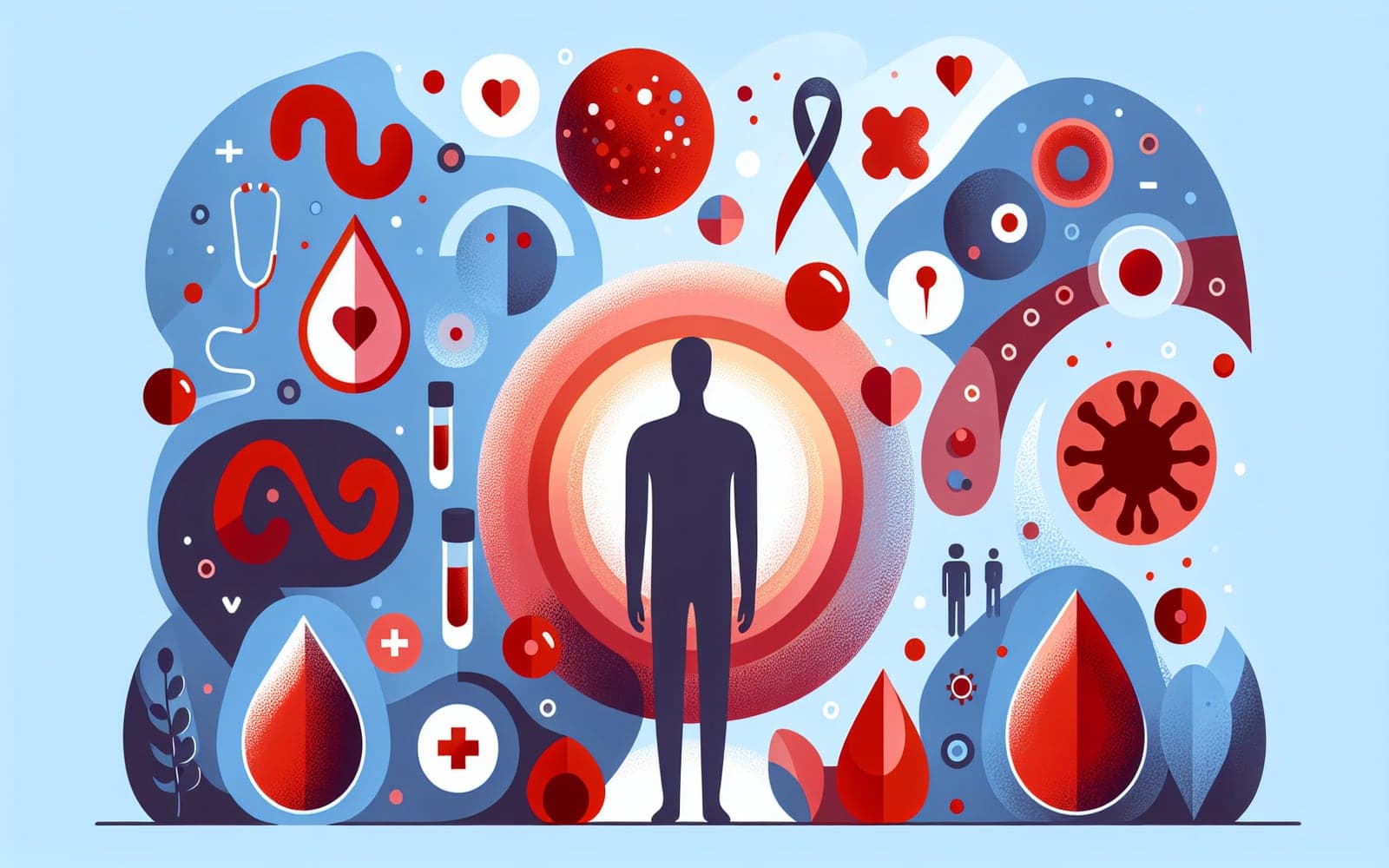What is Hemolytic Anemia and Why Should You Care?
Published: Jul 11, 2024

Medically reviewed by Michelina Stoddard | MD, Ph.D, Joan & Sanford I. Weill Medical College of Cornelle University - San Antonio, Texas on July 11th, 2024.
Hemolytic anemia is a condition where red blood cells are destroyed faster than they can be replaced. This can lead to fatigue, weakness, and other health issues if left untreated.
Contents
Understanding Red Blood Cell Lifespan
Red blood cells typically live for about 120 days, traveling throughout your body to deliver oxygen. During this time, they face many challenges like squeezing through tiny blood vessels and battling oxidative stress. Your body normally replaces about 1% of red blood cells each day. In hemolytic anemia, this process speeds up dramatically.
Signs and Symptoms
Common symptoms of hemolytic anemia include fatigue, weakness, pale or yellowish skin, and shortness of breath. You might also experience dizziness, rapid heartbeat, or dark urine. If you notice these symptoms, especially if they come on suddenly, it's important to see a doctor.

Causes and Types
Hemolytic anemia can be inherited or acquired. Inherited types include conditions like sickle cell disease or thalassemia. Acquired types can be caused by infections, autoimmune disorders, or certain medications. Sometimes, the cause is unknown.
Frequently Asked Questions
It can be, especially if left untreated.
Some types can be cured, while others are managed long-term.
It's relatively rare, affecting about 1-2 people per 100,000.
A healthy diet and avoiding triggers may help manage symptoms.
Key Takeaways
While hemolytic anemia can be serious, early detection and proper treatment can significantly improve outcomes.
If you're concerned about hemolytic anemia, don't hesitate to discuss your symptoms and risk factors with Doctronic.Related Articles
References
Barcellini W, Fattizzo B. Clinical Applications of Hemolytic Markers in the Differential Diagnosis and Management of Hemolytic Anemia. Dis Markers 2015; 2015:635670.
Brodsky RA. Warm Autoimmune Hemolytic Anemia. N Engl J Med 2019; 381:647.
This article has been reviewed for accuracy by one of the licensed medical doctors working for Doctronic. Always discuss health information with your healthcare provider.

